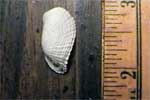
Click for 500px image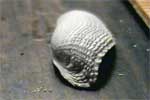
Click for 500px image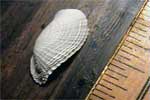
Click for 500px image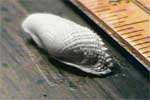
Click for 500px image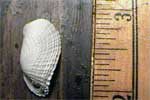
Click for 500px image
I found this particular shell about a week ago, and I'm fairly certain it belongs among the Angel Wings shell group, in the Shell Book, Atlantic, Gulf and Carribean (source for following photo) a similar shell is featured,
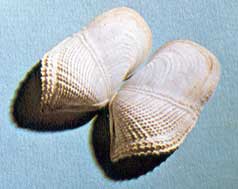
Fallen Angel Wing, Barnea truncata, measuring 2-2½", and is found between Massachusetts and South Florida. Though quite different in appearance to my shell, the ribs toward the back of the shell seem to be separated by a large rib, and the rest of the shell appears smooth. On my shell the ribs continue to extend across the entire shell. Their shell, with the shape uplifted toward the back of the shell, is missing from all the shell books, but North Carolina Sea Grant Seashells of North Carolina tells about the Angelwing-shaped - angelwings (Pholadidae), Cyrtopleura costata (Linnaeus). It's habitat, lives offshore and in estuaries, burrowed as much as 3 feet deep in mud or clay. Range, New Jersey to Brazil. Sea Grant notes, "if dug up, the fragile shell must be placed immediately into a container of water or it will close suddenly and shatter."
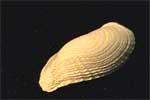
Click for 500px image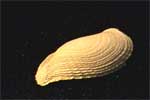
Click for 500px image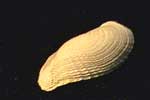
Click for 500px image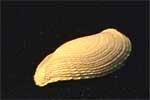
Click for 500px image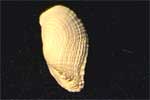
Click for 500px image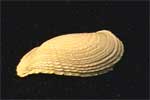
Click for 500px image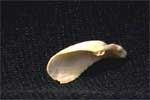
Click for 500px image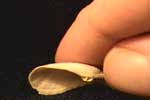
Click for 500px image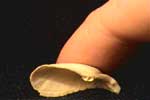
Click for 500px image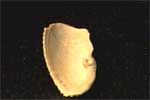
Click for 500px image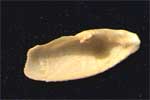
Click for 500px image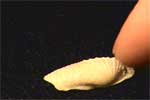
Click for 500px image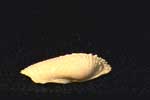
Click for 500px image
Sharon: ... left off debating whether or not it was an Angel Wing (Cyrtopleura costata) or Fallen Angel Wing (Barnea truncata)
Sally Thomas: My guess is that it is the Fallen Angel Wing although I have not seen one. The image next to the ruler is almost a perfect match. The rest of the points of identification are fairly diagnostic. Peterson's and National Audubon Society Field Guides are ones I turn to first.
Earlier Posts: Campeche Angel Wing



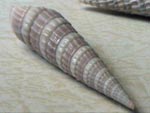

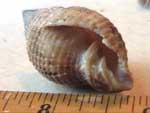





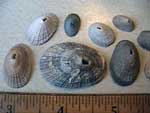

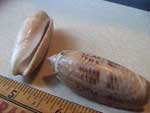
1 comment:
All the pictures on this page, except one, are Barnea truncata (Say, 1822), the Fallen Angel Wing. The shell in the larger picture with the blue background is Zirfaea crispata (Linne, 1758), the great Piddock.
Post a Comment